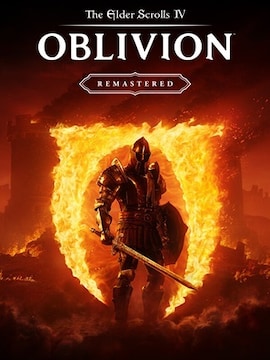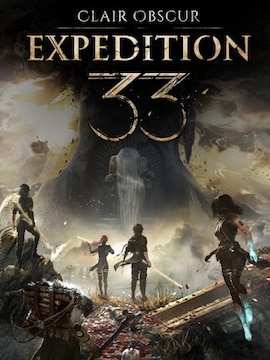The Last of Us TV show season one wrapped up on March 12, just before the grand launch of Naughty Dog’s first PC game. It is undoubtedly a great way to keep the hype going!
TLoU TV adaptation was a guaranteed triumph after a series of successful games from this universe. But after watching it, many would probably like to play the video game again to discover the differences or stay in this post-apocalyptic world a little longer. Some of these distinctions sparked controversy, while others were warmly welcomed for making the show more interesting than the game. But enough talking – if you want to know more, let’s continue with this quick guide about the essential differences between The Last of Us game and the TV show!
Comparing the Characters
Known from The Mandalorian or Game of Thrones, Pedro Pascal was enthusiastically received as an actor for the role of Joel. However, no one knew what to expect from Bella Ramsey starred as Ellie. Many fans were outraged that the actress did not resemble their favorite heroine in appearance and would probably entirely ruin The Last of Us upcoming adaptation. Nothing like that happened, and the young British girl proved perfect for the role right after the first episode. The two managed to forge an even deeper bond than in the video game, captivating with the characters’ realistic personalities.
A similar situation happened to Nico Parker playing the role of Sarah Miller – Joel’s daughter. Many fans were enraged by her dark skin and hair, while the heroine from the game was white and blonde. But just like Bella Ramsey, she silenced the haters with an outstanding performance right from the start. When it comes to appearance differences, Gabriel Luna looks entirely different from Tommy Miller in the game – but his excellent cooperation with Pedro Pascal on set proves these two gentlemen are brothers. There is also Tess, played by the awesome Anna Torv, who (despite the differences in appearance) perfectly reflects the character’s personality. And the leader of the Fireflies, Marlene, is played by the same actor who voiced the character in the video game.
Examining the Plot
Let’s start with some essential differences in the plot and setting of the TV series. The action takes place in 2023, not 2030, and the heroes do not have to wear masks to avoid infection with fungus spores. It looks like that because no one would want to watch multiple episodes with characters constantly covering their faces. There is also more time devoted to Sarah – Joel’s daughter. In the game, this part ends very shortly. In the series, we can develop a better relationship with this character.
The Last of Us TV series features less violence than its gaming counterpart. It is intended to redirect the audience’s attention from the action scenes to the characters’ experiences. There are also more plot threads dedicated to the supporting characters, uncovering all the secrets, nuances, and details unavailable in the video game.
Analyzing the Visuals
Considering the visuals and setting, the TV show perfectly captures the game’s dark vibe. Some scenes are identical, with a few tiny differences so game fans will be happy to see such a faithful adaptation of their favorite title. There is also a classic combination of optimistic and extremely brutal pictures, demonstrating the duality of a post-apocalyptic reality where a little hope can change everything.
Evaluating the Overall Experience
The Last of Us show is a nearly perfect video game adaptation featuring outstanding actors, touching music, an incredibly accurate setting, and character representation. It is the same thrilling story of two people struggling with a brutal world inhabited by bloodthirsty monsters and dangerous humans. But for some, all those dragged-out subplots can seem tiresome, reducing Joel and Ellie’s screen time. Plus, this world doesn’t feel as unpredictable as in the game – no spores, not as many monsters, and scenes of approaching death. But it’s still a small sacrifice for such supreme content and an unforgettable atmosphere.
Conclusion
The success of The Last of Us show was a sure thing from the start. Firstly, it’s an excellent adaptation transforming some scenes while faithfully capturing the video game spirit. Secondly, the storytelling is so good that people who have never played the game can enjoy it. Themes of brutal reality, authentic characters, and monsters grow in popularity among non-gamers since The Walking Dead and Stranger Things shows. And all fans of games like Fallout, Metro, or Wasteland are happy to welcome any post-apocalyptic productions to experience another portion of alternative reality. It’s a time when the lines between gaming and watching begin to blur, creating legendary titles for everyone – regardless of entertainment preferences.




